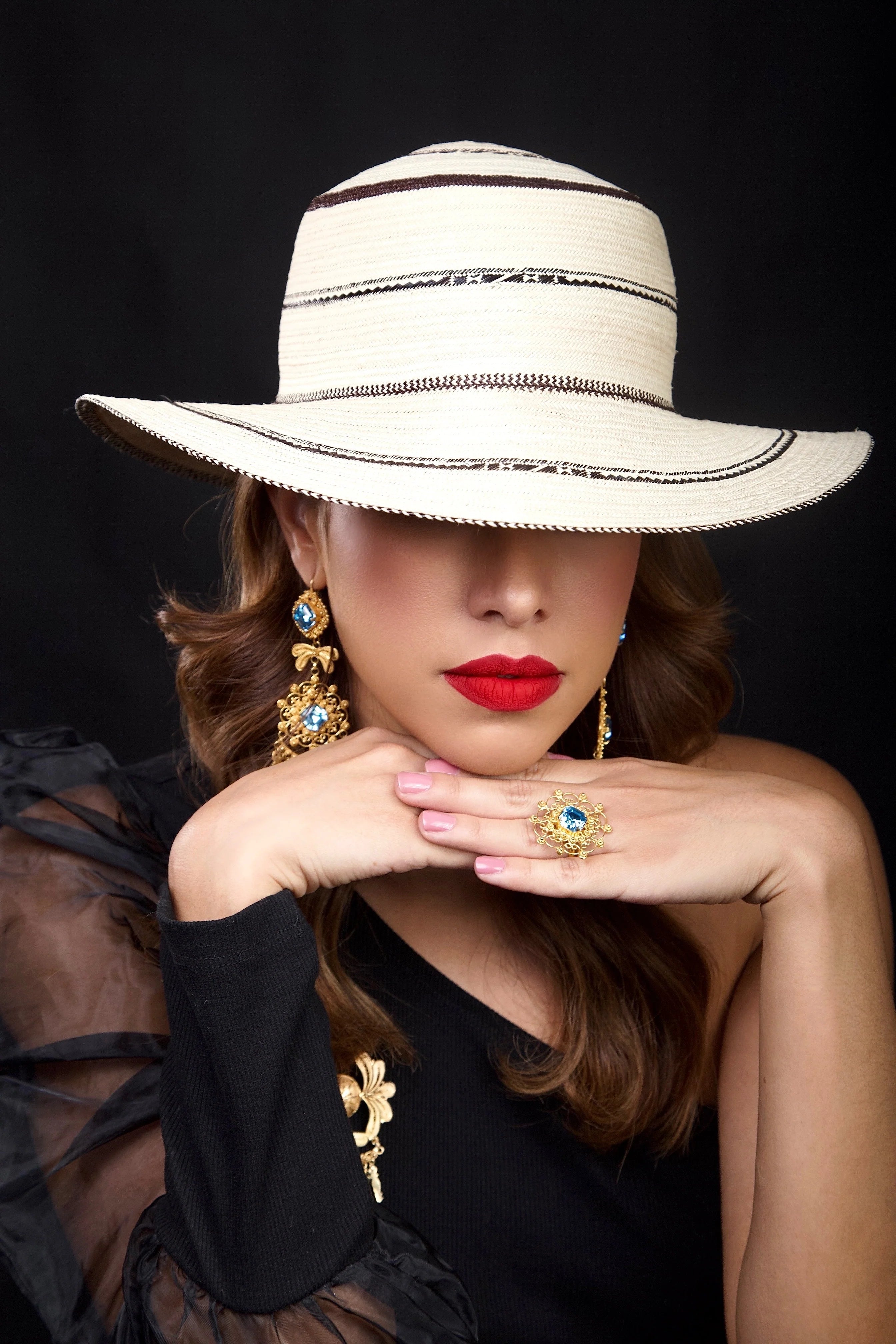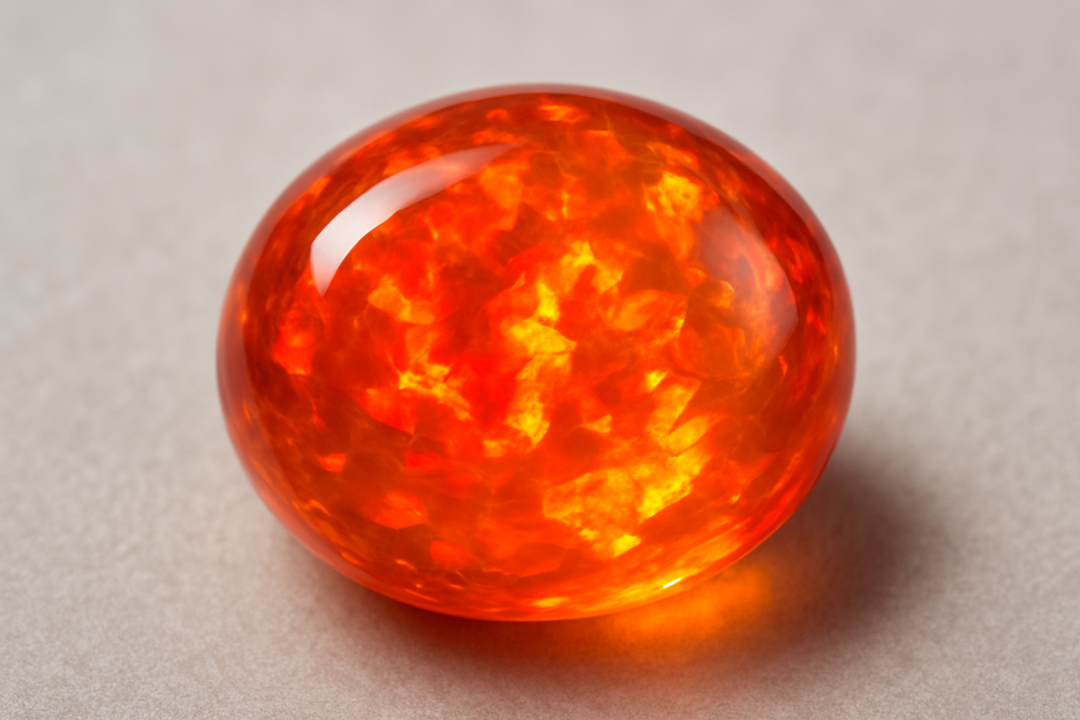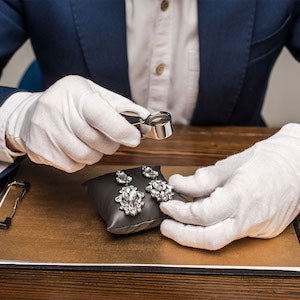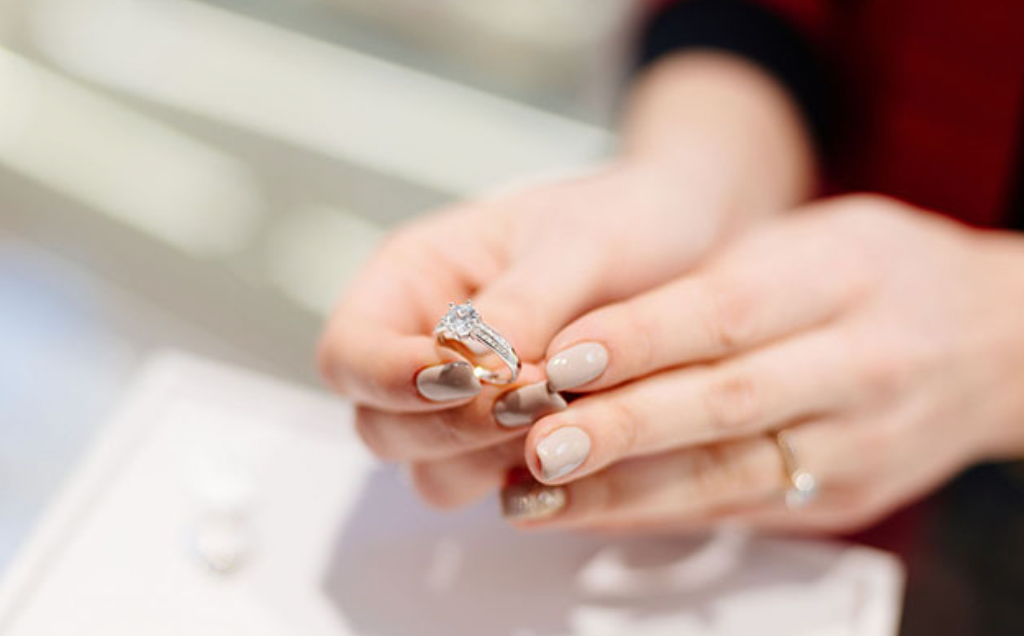What Makes Opals Valuable & Tips to Know
Valuable opals display a phenomenon called "play-of-color," a vibrant and shifting kaleidoscope of iridescent color. The value is primarily determined by a combination of the opal's unique type and the quality of its color, pattern, brightness, and clarity.
Opal type and rarity
The opal type is a crucial factor in its rarity and value, which also heavily depends on the opal's geographic origin.
Black opal
- : The most valuable type, with a dark gray to jet-black body tone that makes its play-of-color appear exceptionally bright. It is primarily sourced from Lightning Ridge in Australia.
-
Boulder opal: A solid opal with its host rock—typically ironstone—left on the back. It can be very valuable and offers a similar dark background to black opals at a lower price point.
-
Crystal opal: Transparent to semi-transparent, this opal can display a brilliant play-of-color. Some translucent "black crystal opals" can be extremely valuable.
-
White (or light) opal: The most common variety with a light white or gray body tone. It is generally the least valuable type of precious opal.
-
Fire opal: This variety is valued for its fiery body color—typically yellow, orange, or red—rather than its play-of-color. It is mainly found in Mexico.
Play-of-color
Opals unique internal structure of silica spheres diffracts light to create the "play-of-color" effect. The quality of this effect significantly impacts the gem's worth. Color combination: The variety and intensity of colors are very important. Red is the rarest and most sought-after color, followed by orange, green, and blue.
- Pattern: Certain patterns formed by the colors can dramatically increase value. The rarest and most desirable is the mosaic-like "harlequin" pattern, while others include pinfire, ribbon, and straw.
- Brightness: The intensity and vibrancy of the colors, or brilliance, are key. The brightest, most brilliant opals are the most valuable.
Clarity and imperfection
The most precious opals, high clarity, and a lack of flaws result in a higher value.
- Clarity: The best opals have few or no visible flaws, such as cracks, pits, or inclusions of the host rock (matrix).
- Crazing: This fine network of cracks, caused by moisture loss, significantly reduces an opal's beauty and value.
- Dead spots: Areas where play-of-color is absent lower an opal's worth.
Cut, size, and Form
- Cut: A high-quality opal is cut to maximize its unique play-of-color. Irregular or freeform shapes are common for exceptional stones, while lower-grade opals are often cut into calibrated sizes.
- Size: As with most gemstones, larger opals are rarer and therefore more valuable, assuming all other quality factors are equal.
- Form: Solid, natural opals are worth far more than assembled stones like doublets and triplets, which feature only a thin slice of precious opal.









Leave a comment